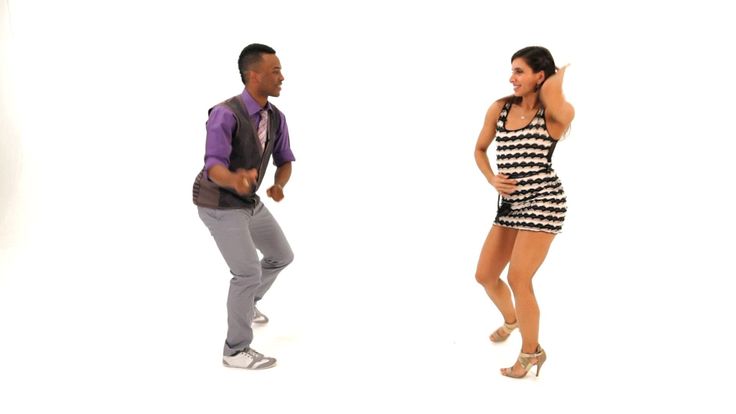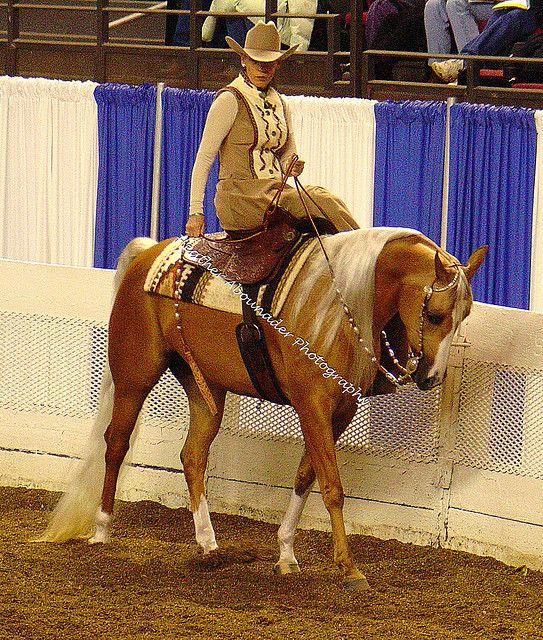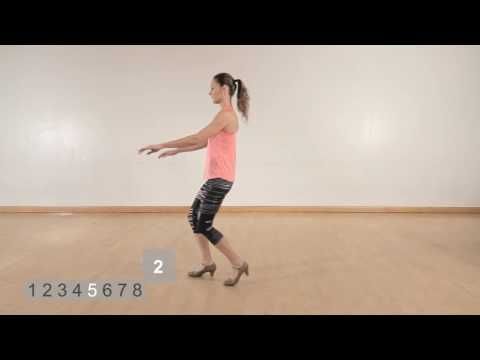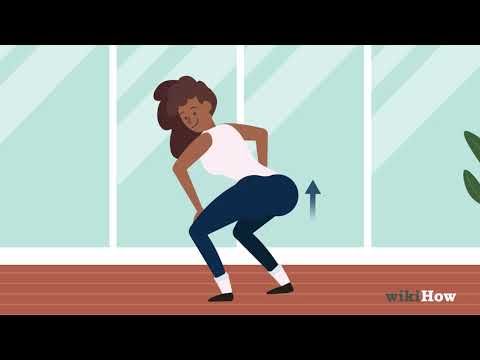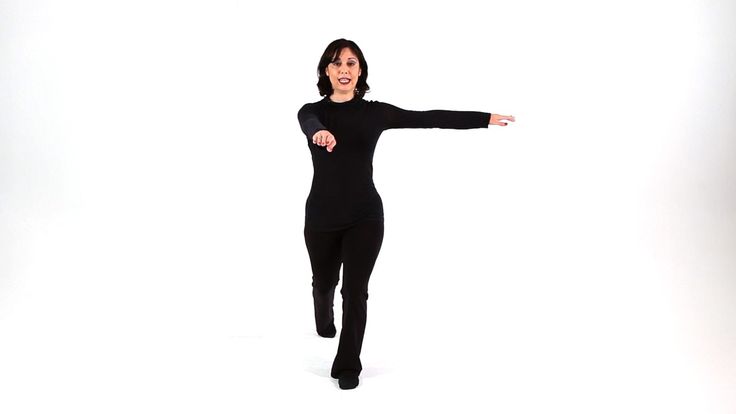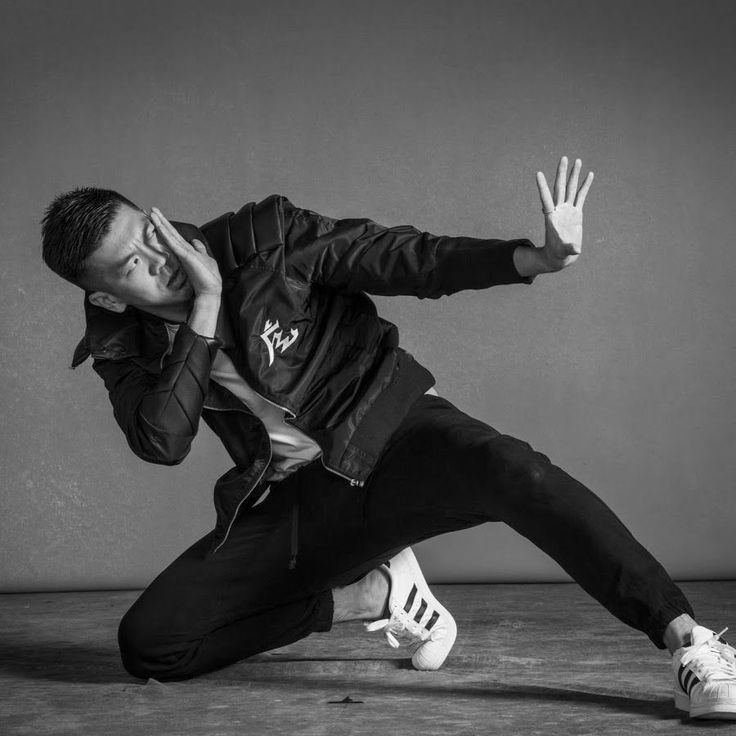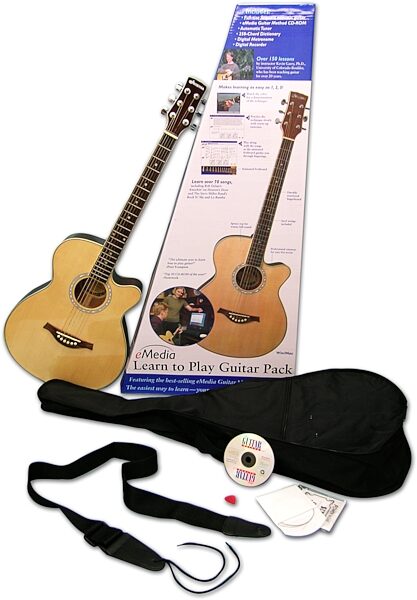Learn how to dance bachata dominican style
When and How to Use Footwork in Dominican Bachata
Share this article with somebody
Here’s a terrible stereotype for you: Dominican bachata is all about fast footwork. It’s terrible because not only does it make the dance seem scary, but it’s also incorrect. There’s far more to Dominican bachata than just footwork. And sometimes, there’s really not much footwork at all.
Let’s take a look at when to do footwork in Dominican bachata, when you should keep it simple, and why. We’ll also break down some bachata songs to help you put all this into practice at home.
Dominican Bachata Isn’t About Fast Footwork
Dominican bachata is about musicality, connection, attitude, and body movement. As a street dance rather than a studio dance, the most impressive thing is the flow or sabor. This means it’s not technically sound footwork that makes a bachata dancer look great. It’s when and how they use use that footwork.
Footwork can be used to reflect what’s happening in the music, especially in certain parts of the bachata song. Take a look at how Cristian & Katerina use their footwork to accentuate the music in this after-class demo:
Yet this isn’t the only way to dance Dominican bachata with musicality and style. While Kimberly Ramos of Araguacu Latin Dance Company uses some footwork and syncopations in this demo, she’s mainly playing with her basic steps—and they are as impressive, flavourful, and fun as her footwork.
Footwork is one tool in the Dominican bachata dancer’s repertoire, but it’s certainly not the only one. And if you hit every syncopation, your footwork can become underwhelming.
Why Dominican Bachata Music Makes You Want to Syncopate More
If you’re used to dancing bachata moderna or sensual bachata, then you’ve probably been taught to hit syncopations when they are the most prominent thing you hear in the music. It might be with footwork, sharp body movement, or even arm styling, but no matter how you do it, the goal is the same: to illustrate what’s happening in the music.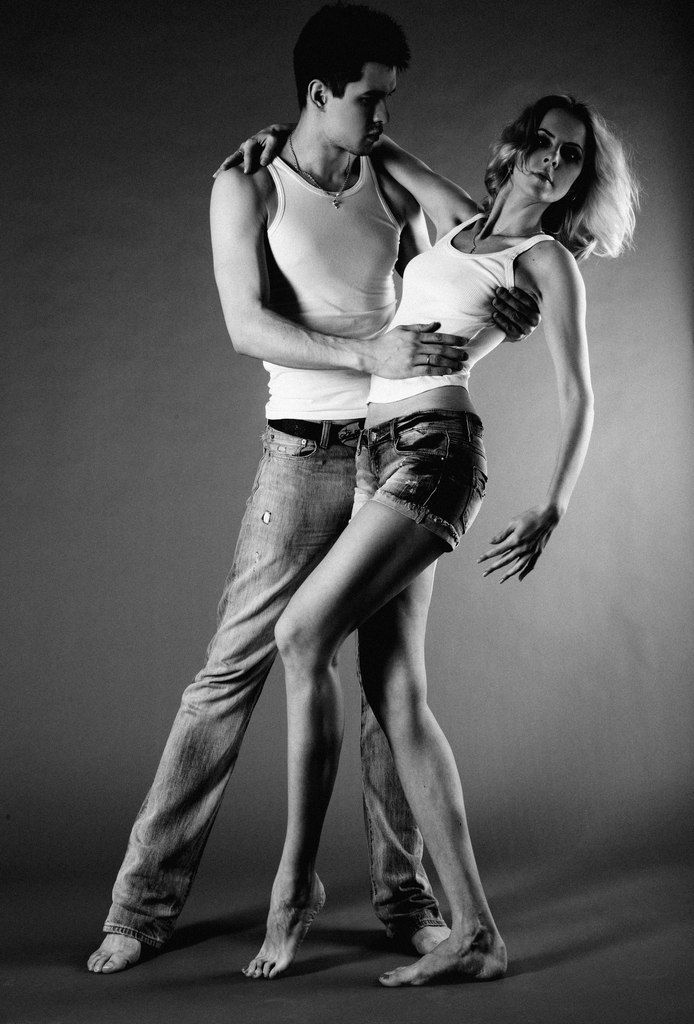
But this isn’t because you should hit every single syncopation in the song. It’s because the various instruments aren’t always as obvious in the music to which we dance bachata moderna and sensual. When an instrument, rhythm, or beat is the main thing you hear, it’s purposeful.
Bachata started life as party music played by a band. This meant the five principal instruments (three guitars, two percussion-based ones) were easy to hear. Every strum of a guitar and every beat of the bongos became part of the sound of the song—even when the vocals were supposed to be the focal point.
Yet over time, as bachata moved to the recording studio and the DJ deck, new instruments and musical influences came into play. The melody became stronger, while songs began borrowing from pop, R&B, hip hop, tango, and more. As a result, the distinct rhythms played by the bachata instruments, while still necessary for a song to be bachata, aren’t always centre-stage in today’s bachata songs.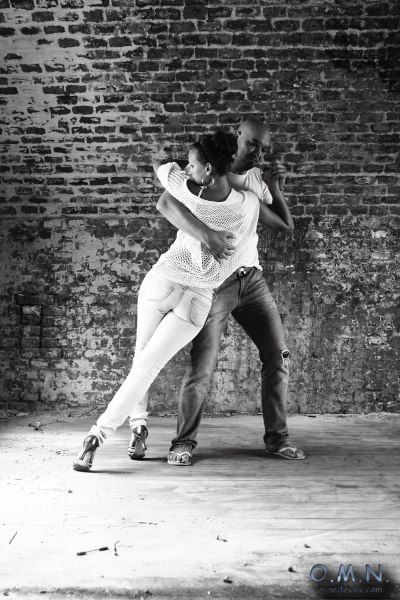 Compare these two tracks, for example:
Compare these two tracks, for example:
“Margarita” by Raulín Rodríguez
“Entre Los Dos” by SP Polanco, feat. Karlos Rosé
In “Entre Los Dos”, it’s easy to identify the moments for sensual or non-traditional bachata movements (e.g. the long intro and the outro), footwork (from 3:00), and your standard bachata moves. Meanwhile, in “Margarita”, our attention is drawn to all the different instruments. If you’re not used to this style of bachata, it can be harder to distinguish when the song is calling for us to do footwork and when we can relax.
More traditional-sounding bachata music can feel busy. You hear far more of the instruments, even the ones that aren’t necessarily leading the song, and this in turn makes you want to syncopate more. But that’s not always a good thing.
But that’s not always a good thing.
When Should You Do Fast Footwork? A Quick Bachata Musicality Class
Dancing needs variety to be interesting, both for the dancers and anyone watching. Fortunately, bachata music naturally includes plenty of variety in the structure, rhythms, and energy. As dancers, you can match that with your movement to create a more interesting and musical experience.
When you do lots of footwork or syncopations, you are dancing with high levels of energy and expression. Think of it as dancing at levels 8–10 out of 10. This means that you want to do this during the most high-energy, explosive part of the song.
If you dance at level eight during the quiet parts of the song, you can only go up two levels during the high-energy sections—and that’s barely going to be noticeable. Plus, you and your partner will likely be pretty worn out by the time the song ends.
This doesn’t mean that you can’t do any footwork during other parts of the song. You can add footwork and syncopations to most sections of the music, but you want to save your all-out, intense footwork for the intense part of the bachata song. And that’s called the mambo.
You can add footwork and syncopations to most sections of the music, but you want to save your all-out, intense footwork for the intense part of the bachata song. And that’s called the mambo.
Bachata songs can be divided into three main parts, in addition to the intros, outros, and musical interludes that borrow from other musical genres. These three are:
- The derecho: this is the most tranquil part. The lyrics will likely demand your attention, and you’ll probably find yourself dancing smaller movements and relaxing into the song.
- The majao: this is a higher-energy section, and it’s often the song’s chorus. It should make you want to dance with more enthusiasm. Even if the song is sad, you might find yourself smiling here. Don’t allow yourself to be misled by how many beats of an instrument there are. For example, the güira is struck fewer times per count in the majao than in the derecho, but it’s done with more energy here.
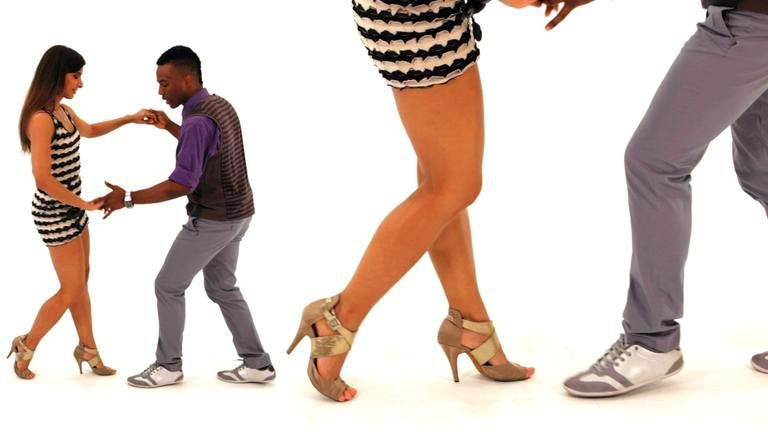
- The mambo: this is when the instruments are in the spotlight. There will be no vocals, and the lead guitar or requinto will literally lead the song. This is the time to play with fast footwork.
Of course, even within the derecho and the majao, you’ll notice smaller variations in energy. There’s often a slight change in the music after every 28 or 32 beats, and you’ll notice the instruments building up to this. And even within our 8-beat counts, you can often trace a change in the energy. Overall, however, these are subtler when compared with the differences between the derecho, majao, and mambo.
If you’re not used to traditional bachata music, you might struggle to identify these sections. Even a derecho can seem more instrumental than a sensual bachata’s mambo. Let’s break it down with some examples, traditional and modern.
“Soy Mía” by Natti Natasha
In this powerful, feminist song, the first derecho starts at around 0:15. It switches to the majao at around 0:55. The mambo, meanwhile, appears at around 2:35. While there aren’t any lyrics at this point, Natti Natasha briefly speaks over the mambo, saying “llora, guitarra, llora” or “cry, guitar, cry”. It’s a direct invitation to the requinto to go all out. Now see if you can work out when the other switches happen.
“Su lado de cama” by Joan Soriano
This romantic love song goes straight into a calm derecho, while the first majao comes in at roughly 1:15—the moment that, even in the video, they can’t resist dancing. The mambo starts at 2:19 before switching back to a derecho at 2:45. Again, see if you can identify the other switches.
How to Practise Footwork in Dominican Bachata
We’ve looked at the musical theory behind when you should do footwork. Now, it’s time to put it into practice. Try this drill to help you:
- Listen to a song a couple of times. Even though it might be tempting, don’t dance to it just yet.
- Now, dance to the song without any syncopations. You might prefer to stick to variations of the basic step. Pay attention to the changes in energy, and see if you can work out where the mambo is, where the breaks are, and where the song feels mellower.
- Optionally, listen to the song again without dancing.
- Add minimal amounts of footwork as you dance to the song, focusing on the mambo and breaks.
- Repeat stage 4, introducing more footwork as you feel is appropriate. Remember, however, that when the song is calm, you can relax. Either keep that footwork low-key or save it for the moments when the music calls for energy.
- Pick a new song, and repeat.

Remember, achieving good musicality—just like achieving clean, fast footwork—doesn’t happen overnight. It takes time and practice to hone this skill. As well as this exercise, you can download the Bachata Musicality app to help you recognise the different rhythms and practise with resources like Bachata Breakdown ¡En Vivo! and eMusicality. Look for teachers who prioritise musicality, such as Carlos Cinta, Kimberly Ramos in Toronto, and Pierre Henry in London.
Done well, fast footwork is fun and impressive—but there’s no need to exhaust yourself. Dominican bachata can also be relaxed, sensual, or full of emotion. Just listen to the music and enjoy yourself.
Feature photo credit: Nicole Glass Photography / Shutterstock.com
Ella Baila
Ella Baila is the alias of a bachata teacher. She dabbles in most Afro-Latin dances and is blues-curious.
4 Basic Bachata Steps To Dance Any Song
As you should know bachata lives in the last years its golden age, as it has become one of the dances with more followers.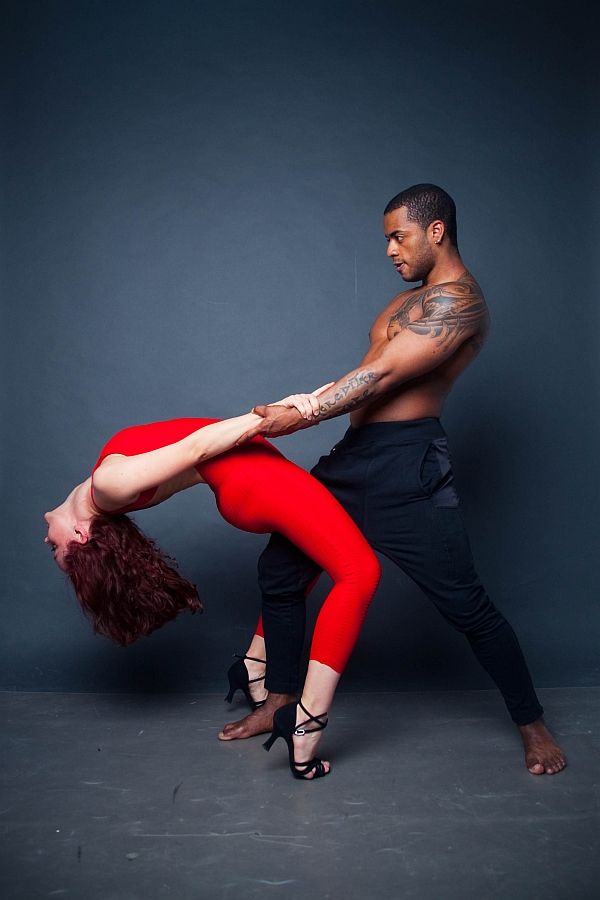 A relatively easy dance for the beginners and where the most expert dancers have many possibilities to show their talents.
A relatively easy dance for the beginners and where the most expert dancers have many possibilities to show their talents.
Emerged in the 1960s in the Dominican Republic as a transformation of the bolero to Antillean tastes, nowadays it is not missing in any dance hall or school with bachata lessons that boasts.
Its typical choreography was born in the 1990s, with two forms of bachata dancing:
- Dominican bachata: the couple usually dances with few figures and focusing on hip and foot movements.
- The urban bachata: the dancers get together and separate to be able to carry out different figures focusing the movements in the body.
For most experts, the main characteristic of bachata dancing is undoubtedly continuous hip movement, especially in the fourth beat (the rhythm of bachata has a four-beat beat, the dance of eight).
Bachata is a dance where personal style is fundamental. But what are the basic steps of bachata you should know to dance to any song?
#1.
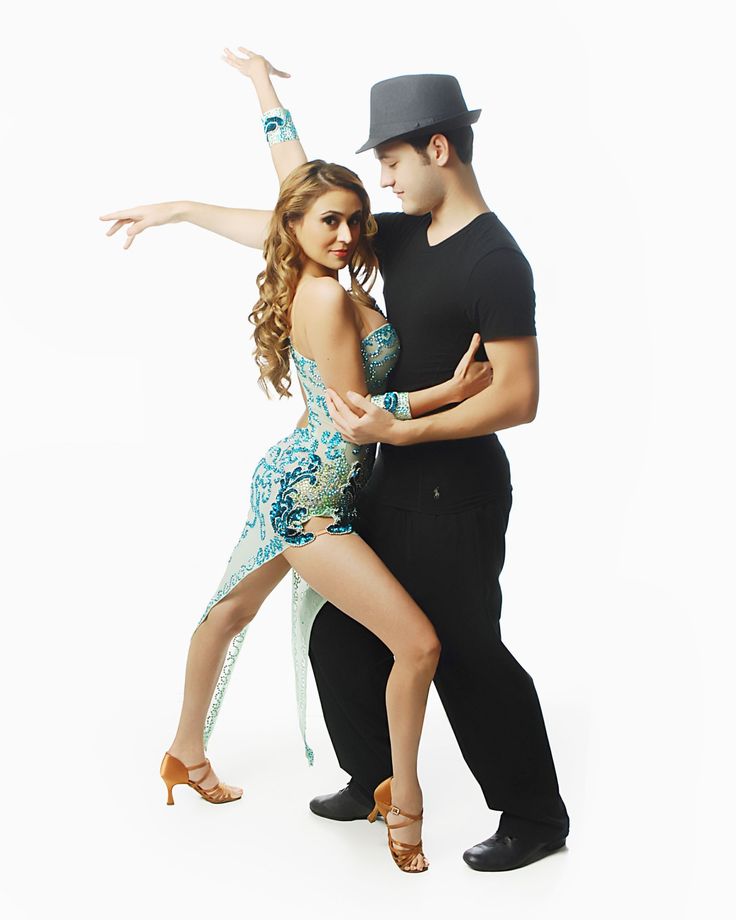 The basic step of bachata
The basic step of bachataThe basic step of bachata, in fact, consists of three steps that are danced in the first three times and a touch with the sole of the foot that is performed in the fourth time.
When the sole of the foot touches the ground in the fourth period of time, the hip moves upward. A hip movement that is more marked in women than in men.
The basic step of bachata must be carried out in good style from the beginning of the learning process. A recommendation that is usually made to master it is to keep up with the music and keep your knees slightly bent. In this way, the movement of the hip will naturally arise.
#2. Turns in the bachata
One of the fundamental movements of bachata is the twists and turns. The most basic of all is the one in which the man raises his arm so that the woman can make a complete turn to the rhythm of the music.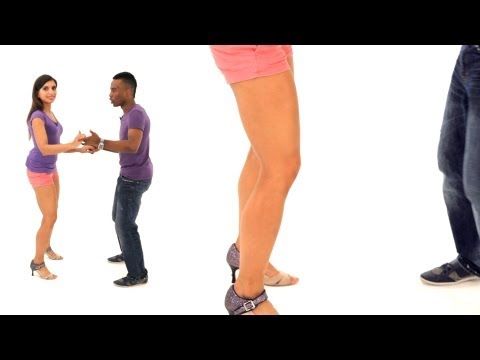 Then they both return to the normal dance without losing the rhythm.
Then they both return to the normal dance without losing the rhythm.
The process of the twist in the man and woman would be as follows:
- The return of the man in the bachata
As she dances, she counts the times in her mind (1,2,3,4), and when she reaches the fourth beat, she begins to raise her leading arm (the extended arm) over the couple's head, starting to release the pressure of the other arm.
In beat 1 of the next measure, the pair will begin to turn by making a circle under the man's arm, gently holding onto the leading arm.
The turn will finish in time 3, so that in time 4 both the man and the woman are dancing in sync again.
The return of the woman in the bachata
In time 4, the (extended) leading arm of the man begins to rise. At that point, keep holding on to the leading arm, but remove the other arm from the partner's shoulder and move under the leading arm curve.
In beat 1, the woman turns in a circle under her main arm, trying to finish the turn in beat 3.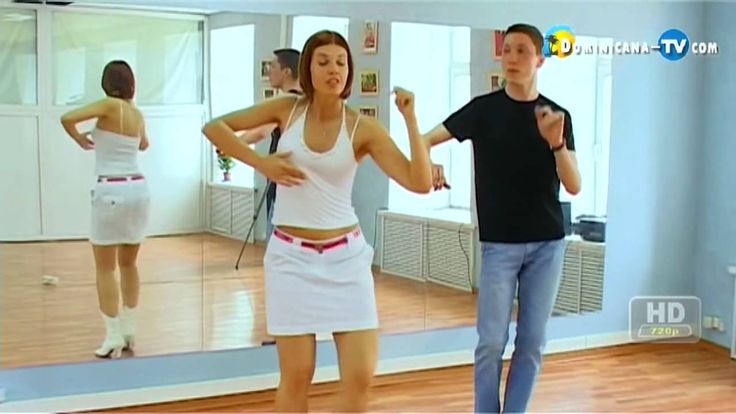 The intention is to reach the normal dance position in beat 4 and start again together the steps in the opposite direction in beat 1.
The intention is to reach the normal dance position in beat 4 and start again together the steps in the opposite direction in beat 1.
#3. Screw
Screw is a step of the bachata in which the girl passes in front of the boy. A position changed a little more complex than the previous ones, but without apparent difficulty.
In the coiling, the man advances and positions himself behind the woman. During the process, she will raise her left hand so that the woman can be placed in the screwed position.
In the course that the man passes behind the woman, she stays in the same place. This is how you get to the coiled position, with the man behind the woman.
#4. The waves of bachata
The waves are one of the main movements of sensual bachata. A dance that, as its name suggests, plays with the sensuality of the movements.
A dance that, as its name suggests, plays with the sensuality of the movements.
The wave is a very simple step to execute. You just have to step forward the body a little, climb up, lean back slightly and bring that tilt from the head down as if it were a wave that slides through the body.
The continuous repetition of the movement will be what makes us look like a wave.
As you have seen, the steps of bachata are not really very complicated or complex. But like everything else, it takes a lot of practice to be able to score and let yourself be guided to perfection.
Bachata is a dance in which people of all ages can participate and lately it sounds everywhere, so go ahead, sign up for bachata classes whatever your level. You'll have a great time!
Why will we never dance bachata like the Dominicans?
Dominicans dance bachata differently: light, uncomplicated, plastic.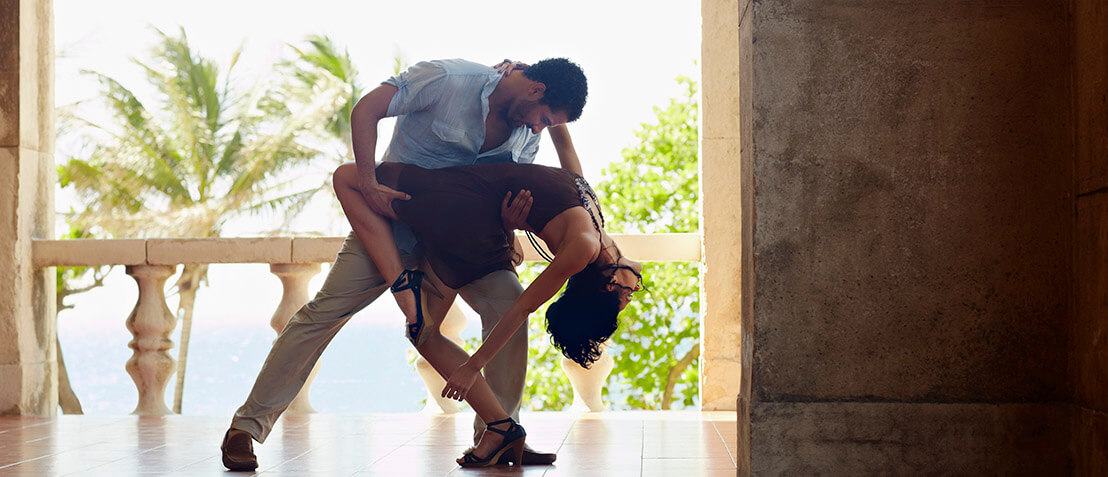 Their attitude to dance is simple - first of all, it is a communication tool, and never an end in itself. Almost none of them learned to dance specifically, in the Dominican Republic there are no bachata schools for locals, but everyone fervently moves their hips from birth.
Their attitude to dance is simple - first of all, it is a communication tool, and never an end in itself. Almost none of them learned to dance specifically, in the Dominican Republic there are no bachata schools for locals, but everyone fervently moves their hips from birth.
On the island, a few people can explain the basics of plastic surgery or how to do the steps. And even then, they are mostly professional choreographers who dance other dances besides bachata. But the naturalness and smoothness of the movements of most ordinary Dominicans is fascinating.
Our bachata is the result of training and labor
Europeans who dance bachata outside the Dominican Republic know what is right in music, what can and cannot be done, where are the boundaries of style and are aware of the intricacies of figure building. For a long time they learned the right flow, the right swing, the right plastique. Therefore, their bachata is more choreographic, more systematic and calculated, they take the dance seriously.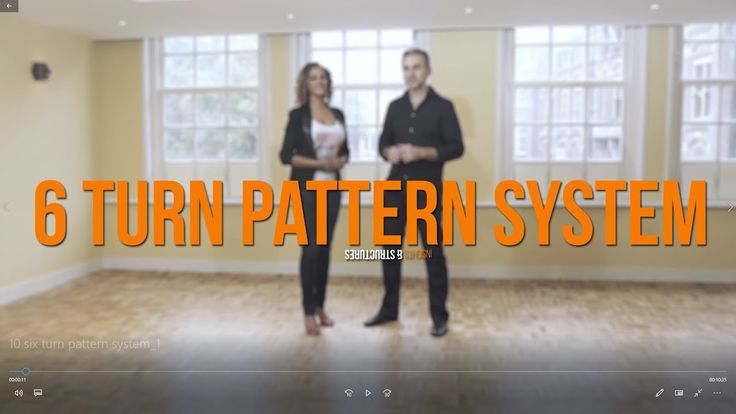 Some are so serious that they start non-children's international holivars, distribute those who dance correctly and who do not into different camps.
Some are so serious that they start non-children's international holivars, distribute those who dance correctly and who do not into different camps.
For Dominicans, dancing is just one aspect of communication
Dominicans don't care how they dance. They are fascinated by the choreography of a moderna bachata dancer visiting the Dominican Republic and touched when a white man tries to dance authentically. He tries - because in order to really dance like the Dominicans, you must first of all treat the dance in the same way, without piety, without cultivating a single correct style, forgetting that music can be counted. And above all, local dancers never make dance the main occasion of any event, be it a festival, a party or a meeting with friends.
Dance is only an addition to communication, a means for intimacy, for harmonizing and synchronizing the surrounding reality - music, a loved one, a buzz from movement. Therefore, when you go to an average Dominican party, you will see a lot of noisy drinking people, and dancers dancing just one figure during the whole evening. One Carl!
One Carl!
Video from the personal archive of Dasha Elizarova, project Bachateame Mamita
All the rules, consistency, figure building, disputes about how to dance a real bachata, authentic festivals were either created by non-minicans or appeared outside the island.
Dominicans are mainly engaged in each other, and dancing is a great prelude for this.
Video from the personal archive of Dasha Elizarova, project Bachateame Mamita
Women's style in bachata
We turn dance into a big event with rules
It's hard for us to give up the idea that dance should be varied, interesting, spectacular. From the idea that it is important to dance to a certain score, to break music into eights.
It is difficult to question the words of a beloved teacher who says that if you dance differently, you will betray the style. It is difficult to let go of yourself and your body, to go beyond the learned figures, it is difficult to improvise, it is difficult to find yourself in the dance.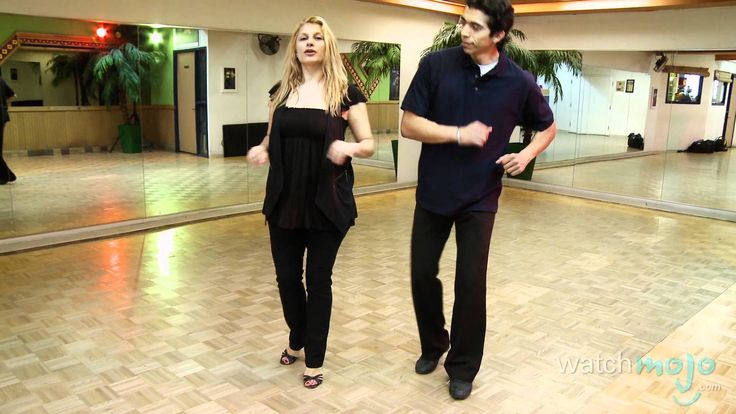
But we dance the way we dance, because, unlike the Dominicans, we all learned this. We studied at dance schools, where they explained to us how to do it and how not to. And where very little attention is paid to the most important thing, to what the majority came to dance for - the pleasure of dancing, improvisation, attention to the person with whom you are dancing. To a person, girl or man, and not a partner or partner, from whom you expect the correct conduct or execution of figures.
As a result, at parties, outside of dancing, we see bored figures buried in phones, waiting girls sadly sitting on the edges of the dance floor, and only occasionally - cheerful broken companies from those schools where communication is as important as dance.
We will never really dance bachata like the Dominicans. We came to dance for completely different reasons, we treat it in a completely different way, and it's too difficult to change it. Yes, and no need to change.
It is important to follow your line of dance development
We have a lot to learn from the Dominicans: ease of attitude to dance and the surrounding reality, the ability to find your own unique style within two or three basic steps. But, unlike them, the majority of dance school visitors are looking for, in addition to new communication, something completely different - an interesting hobby, an opportunity for self-realization, discovering new possibilities for their body and mind, a variety of figures and footwork, new approaches and interesting theories.
But, unlike them, the majority of dance school visitors are looking for, in addition to new communication, something completely different - an interesting hobby, an opportunity for self-realization, discovering new possibilities for their body and mind, a variety of figures and footwork, new approaches and interesting theories.
And in the Dominican Republic itself, there are dancers who are distinguished by the richness of their steps, their elegantly controlled style, a wide range of figures, and the clarity of lines and movements. Or too bright, too prominent character of the dance. But they usually say about such people that they dance inauthenticly, not the way they should.
Video from the personal archive of Dasha Elizarova, project Bachateame Mamita
We will never really dance bachata like the Dominicans. We came to dance for completely different reasons, we treat it in a completely different way, and it's too difficult to change it.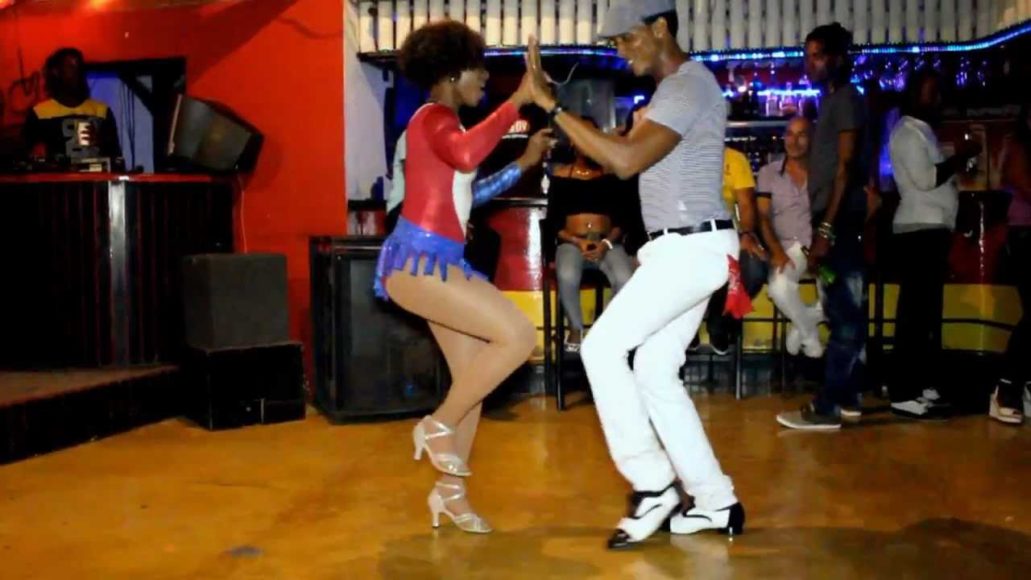 Yes, and no need to change.
Yes, and no need to change.
It is important to understand that with all possible trajectories of learning and immersion in culture, the most incorrect is the literal and blind copying of the external feed. Either find yourself, your style and your pleasure, as the Dominicans do, or develop yourself as a dancer without looking back at the external match with any original.
Share on social networks:
Sexual overtones in pair dances
What is more effective: individual or group lessons?
Do you have a predisposition to dance?
Argentine tango through the eyes of a salsa dancer
Distribution of roles in a salsa party
Terrible tango nuevo
Where to find inspiration for dancing?
Selection of dances according to alcohol preferences
Dispute over musicality
Why tango?
The seven deadly sins of teachers
12 life hacks to quickly learn to dance
Does dancing make us better?
Destroying the myths about pair dancing
The Salsa series as a mirror of the community
Self-destruction of the pair dance community
Pair dancing as a source of strength.
Salsa: destroyers of stereotypes
Dangerous sexuality
Rediscovering dancing. Mami project.
Happiness inside
Bachata, Dominican style.
To be frank, calling bachata Dominican is like calling butter oil. What else is it, if the Dominican Republic is its country of origin? But not everything is so simple: in the cities and villages of our vast country, as well as in most of Europe, they mainly dance the so-called European or Italian bachata. This bachata, of course, retained the main pitch of the original, the music and the rhythm, but various "tricks" were brought into it from the outside, for example, a rather large number of turns, linearity, and a completely different mood.
European dance has quite a lot of adherents, the dance involves close contact and does not make great demands on the technique of footwork, and does not require much skill at all.
Dominican bachata is unthinkable without play and flirting .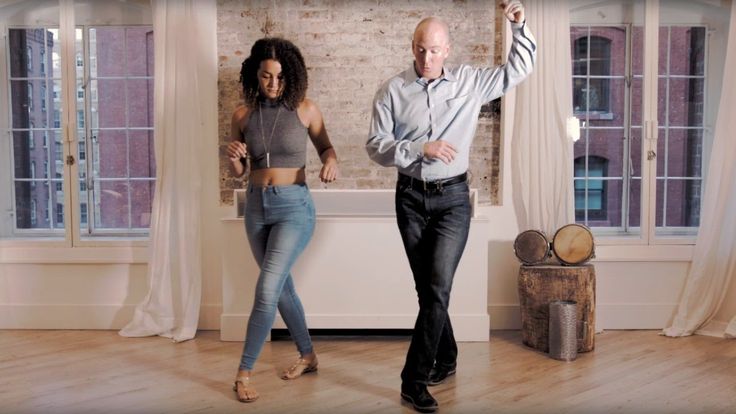 Actually, the main emphasis is just on the interaction between partners: he seduces, she teases. Both understand that everything is a joke, not really, and this feeling of lightness and play provides looseness and improvisation. The partner can demonstrate excellent foot and body technique, performed in a deliberately casual and relaxed way, the task of the partner is to look beautiful, feminine and seductive. But there are no limits and boundaries: if desired, the partner may well take on the male role and compete for the title of the main one in the pair. Of course, no one will allow her to lead, but no one will forbid such innocent entertainment as a challenge to a partner in terms of dance technique.
Actually, the main emphasis is just on the interaction between partners: he seduces, she teases. Both understand that everything is a joke, not really, and this feeling of lightness and play provides looseness and improvisation. The partner can demonstrate excellent foot and body technique, performed in a deliberately casual and relaxed way, the task of the partner is to look beautiful, feminine and seductive. But there are no limits and boundaries: if desired, the partner may well take on the male role and compete for the title of the main one in the pair. Of course, no one will allow her to lead, but no one will forbid such innocent entertainment as a challenge to a partner in terms of dance technique.
In the 19th century, there was no such musical genre and dance style as bachata (bachata). Bachata was the name given to unpretentious festivities that took place under the canopy of trees on the street and in the yard. Obviously, the audience that sang songs and danced at such festivities did not belong to the cream of society. The celebrations were accompanied by music played on such musical instruments as maracas, bongos, tambourines, palitos and spoons. They danced to the rhythms of boleros and guarachas. Similar festivities were held in Puerto Rico and Cuba, but in the Dominican Republic they eventually developed into a musical genre.
The celebrations were accompanied by music played on such musical instruments as maracas, bongos, tambourines, palitos and spoons. They danced to the rhythms of boleros and guarachas. Similar festivities were held in Puerto Rico and Cuba, but in the Dominican Republic they eventually developed into a musical genre.
As a musical genre and dance style, bachata began to develop on the basis of the rhythms of the bolero, guaracha and Cuban son in the 1960s of the 20th century, in parallel with the active migration of rural residents to cities. The music and dance of the "lower classes" did not immediately win recognition, but gradually went beyond the Caribbean and conquered Europe and America. For the formation of bachata as a musical genre, as already mentioned, the rhythms of the Caribbean countries were important: Cubans, Puerto Ricans, and Mexicans made their contribution. But the only people who can boast of having an established musical genre under this name are the Dominicans. Bachata is still used to be called “the music of the peasants”, “Music of bitterness” (obviously, because the songs tell about unhappy love and other hardships of life).
Bachata is still used to be called “the music of the peasants”, “Music of bitterness” (obviously, because the songs tell about unhappy love and other hardships of life).
The 80s of the XX century became a turning point in the history of bachata. Prior to this, bachata was used in their work only by performers of the so-called "alternative music", who performed sad songs at night parties as a kind of emotional release. Over time, musicians realized that bachata was great for conveying feelings such as nostalgia, melancholy and longing, and began to use its expressive side more widely.
Popular bachata singers include Raulin Rodriguez, Antoni Santos, Luis Vargas, Frank Reyes, Monchi and Alexandra, etc.
The main role in the Dominican bachata is assigned to the guitar, or almost to the Caribbean analogue - the rekinto, the difference of this instrument is in a rather sharp iron sound. The technique of playing the requinto is string plucking, which is much more energetic than on a regular guitar.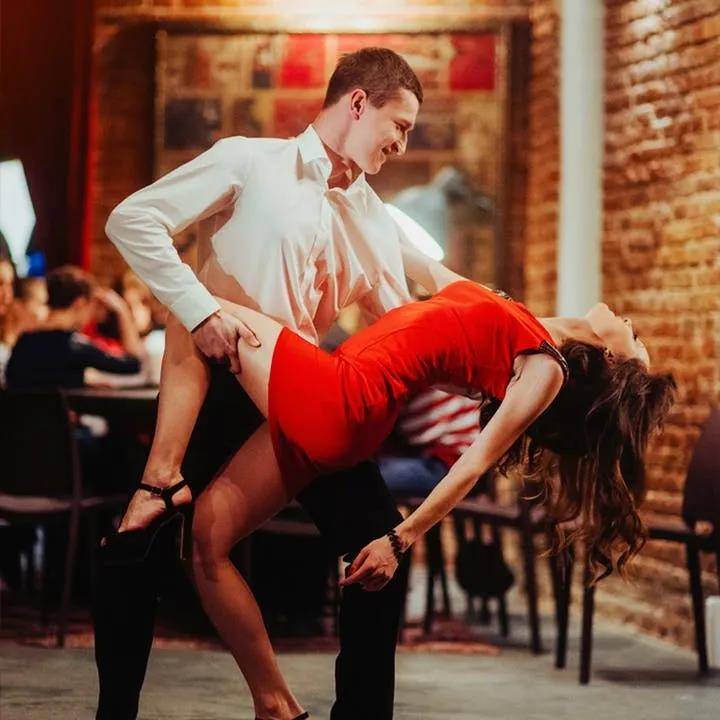 A similar manner of playing the guitar exists in many genres of African music, which may indirectly indicate their common roots. The bongo is used as a percussion instrument in bachata. The maraqui is sometimes used as a second percussion instrument, although the guira is currently preferred.
A similar manner of playing the guitar exists in many genres of African music, which may indirectly indicate their common roots. The bongo is used as a percussion instrument in bachata. The maraqui is sometimes used as a second percussion instrument, although the guira is currently preferred.
The dance is incredibly easy to learn. It is danced in 4/4 rhythm. Usually bachata is four steps from side to side, or back and forth. Actually, the direction doesn't really matter. Partners should be close to each other. Since the main goal of the dance is close bodily contact, bachata is practically devoid of turns.
So, you have already discovered bachata, you like music, you are drawn to the soft sensuality of dance, and you want to learn more, but four steps from side to side and close contact with a partner are not enough for you, you need intrigue, play, beauty in dance, improvisation, for which the authentic Dominican bachata is so famous. If all this is about you, welcome to our classes, to dance this amazingly beautiful and simple dance.